£80 inc VAT
We do have availability for this training. Please get in touch with us via live chat at the page foot, direct to the Tutor on 07931 360328 or info@highpeakfirstaid.co.uk
The European Resuscitation Council issued guidelines in 2015 that directly impact first aid training. The article published in the Resuscitation Journal states the definition of first aid. It refers to the use of tourniquets, haemostatic dressings, open chest wounds, and straightening an angulated fracture, to name a few. The Health and Safety Executive (HSE) has also stated the June 2016 First Aid bulletin.
Concerning haemostatic dressings and tourniquets (Zideman et al., 2015) state, “Use a haemostatic dressing when direct pressure cannot control severe external bleeding or the wound is in a position where direct pressure is impossible. Training is required to ensure the safe and effective application of these dressings.” (Zideman et al., 2015) continue referencing tourniquets, stating, “Use a tourniquet when direct wound pressure cannot control severe external bleeding in a limb. Training is required to ensure a tourniquet’s safe and effective application.”
To comply with due diligence in your choice of a training provider, High Peak First Aid Tutors teach to current guidelines and include an awareness session on tourniquets and haemostatic dressings in the following courses: High Peak Wilderness First Aid Module 1 and High Peak Wilderness First Aid Module 1 and 2. The use of tourniquets and haemostatic dressings would not apply to all course participants, but they must be informed of current best practices and have the choice to attend further training if necessary; hence, we made this course available. Haemostats such as Celox are a valuable addition to a first aid kit with a potential risk of significant bleeding. One of the advantages of Celox over a tourniquet is that Celox can be used on junctional bleeds, whereas a tourniquet would be ineffective.
Practical hands-on training will build confidence to use these products rather than seeing a pack of Celox, talking about it and watching a video. It also demonstrates to an employer or organisation that the participant is active in their Continued Professional Development (CPD). In the worst-case scenario, if the products are used for real, the first responder is likely to respond more effectively due to the active rather than passive training they received and can prove they received adequate and practical training.
The haemostats and tourniquets will be demonstrated and used on the course, and participants will be able to see and handle Celox haemostats in action. This course is two hours long, with participants receiving a certificate on course completion. The course is beneficial for:
- People who already carry these products but have not seen Celox haemostats and tourniquets demonstrated or had the opportunity to practice.
- Expedition leaders.
- Forestry where chainsaws are used.
- Quarries and Mines.
- Factories using heavy machinery.
- Warehouse operatives.
- Adventure activities where the risk assessment shows an increased risk of significant bleeding. Examples may include and are not limited to mountain biking over rough terrain with advanced groups, remote caving trips, and winter mountaineering.
Other dates and times are available for individuals or groups at your venue or our training facility by contacting info@highpeakfirstaid.co.uk to discuss your requirements. If you are already attending the following courses, then Celox and tourniquet training is included in the programme:
High Peak Wilderness First Aid Expedition Leader Module 3
High Peak Wilderness First Aid Expedition Leader Module 1-3
If your organisation is paying for you and does not want to pay by card through this website, please look at the dates below and contact us at 01433 621484 or info@highpeakfirstaid.co.uk so we can complete your booking.
Key
Green = Course available
Red = Course full
All courses advertised are running
References
Zideman, D.A., De Buck, E.D.J., Singletary, E.M., Cassan, P., Chalkias, A.F., Evans, T.R., Hafner, C.M., Handley, A.J., Meyran, D., Schunder-Tatzber, S., Vandekerckhove, P.G. (2015) ‘European Resuscitation Council Guidelines for Resuscitation 2015 Section 9. First Aid, Resuscitation, 95, pp. 278-287.

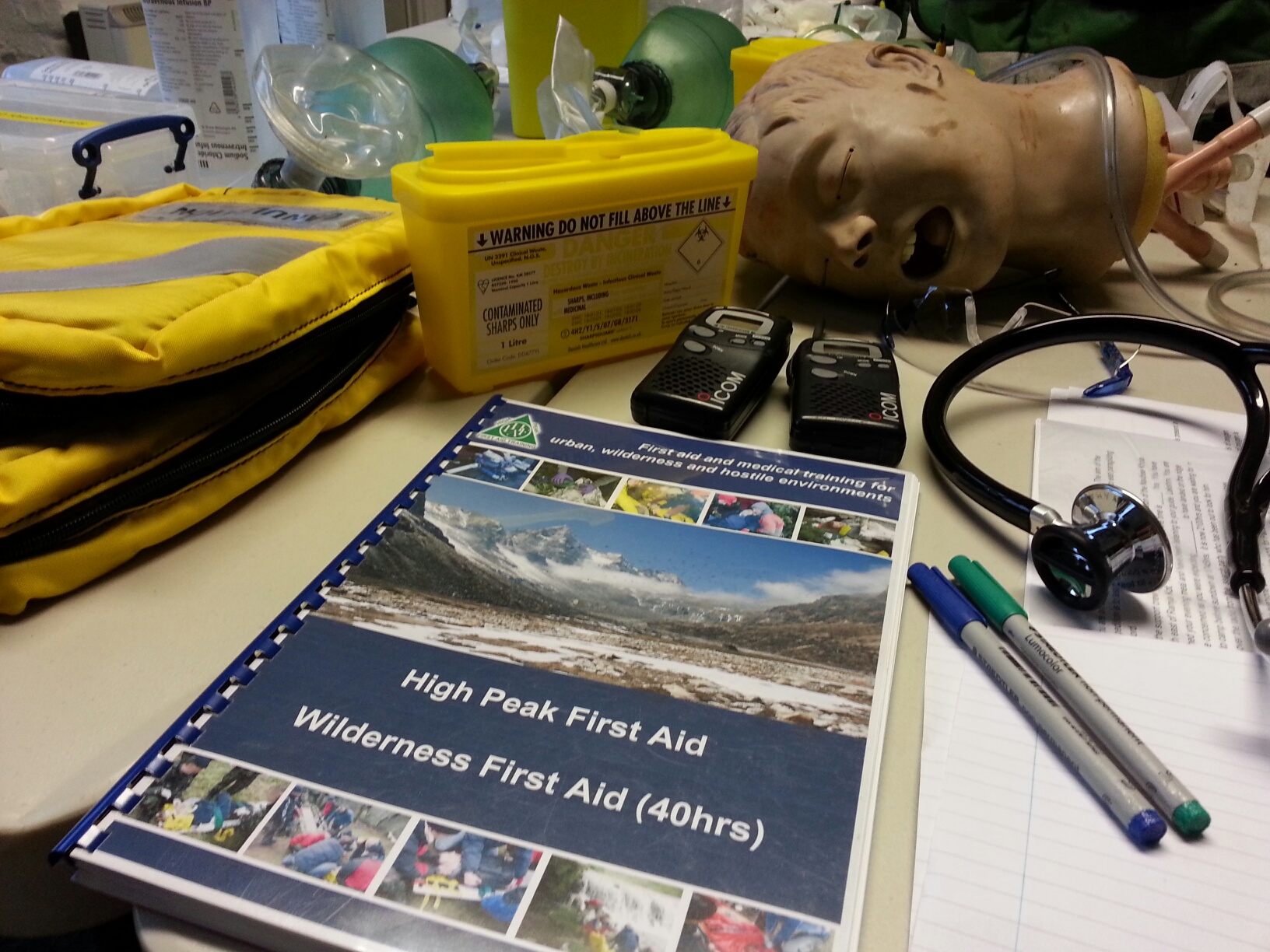
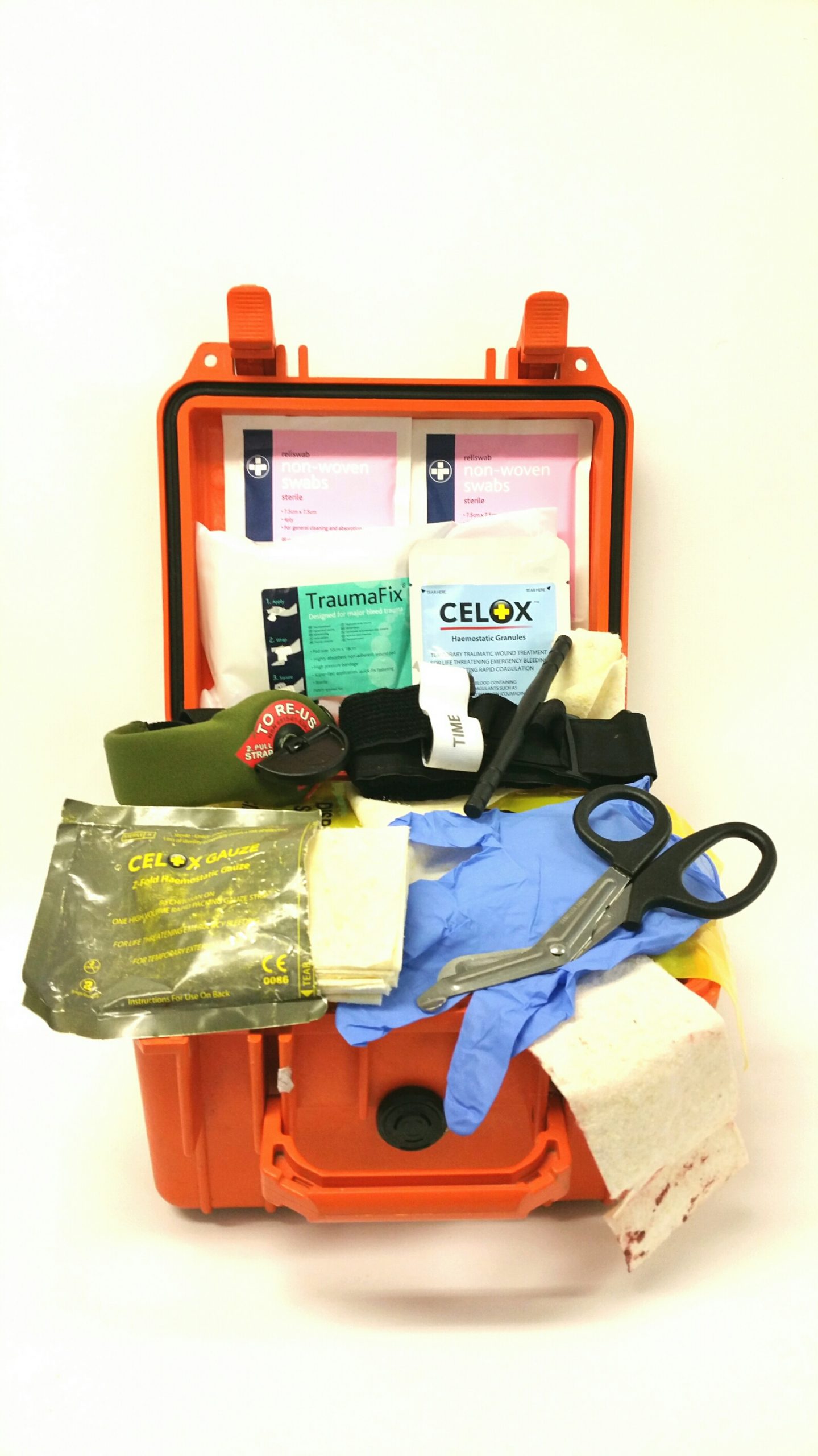
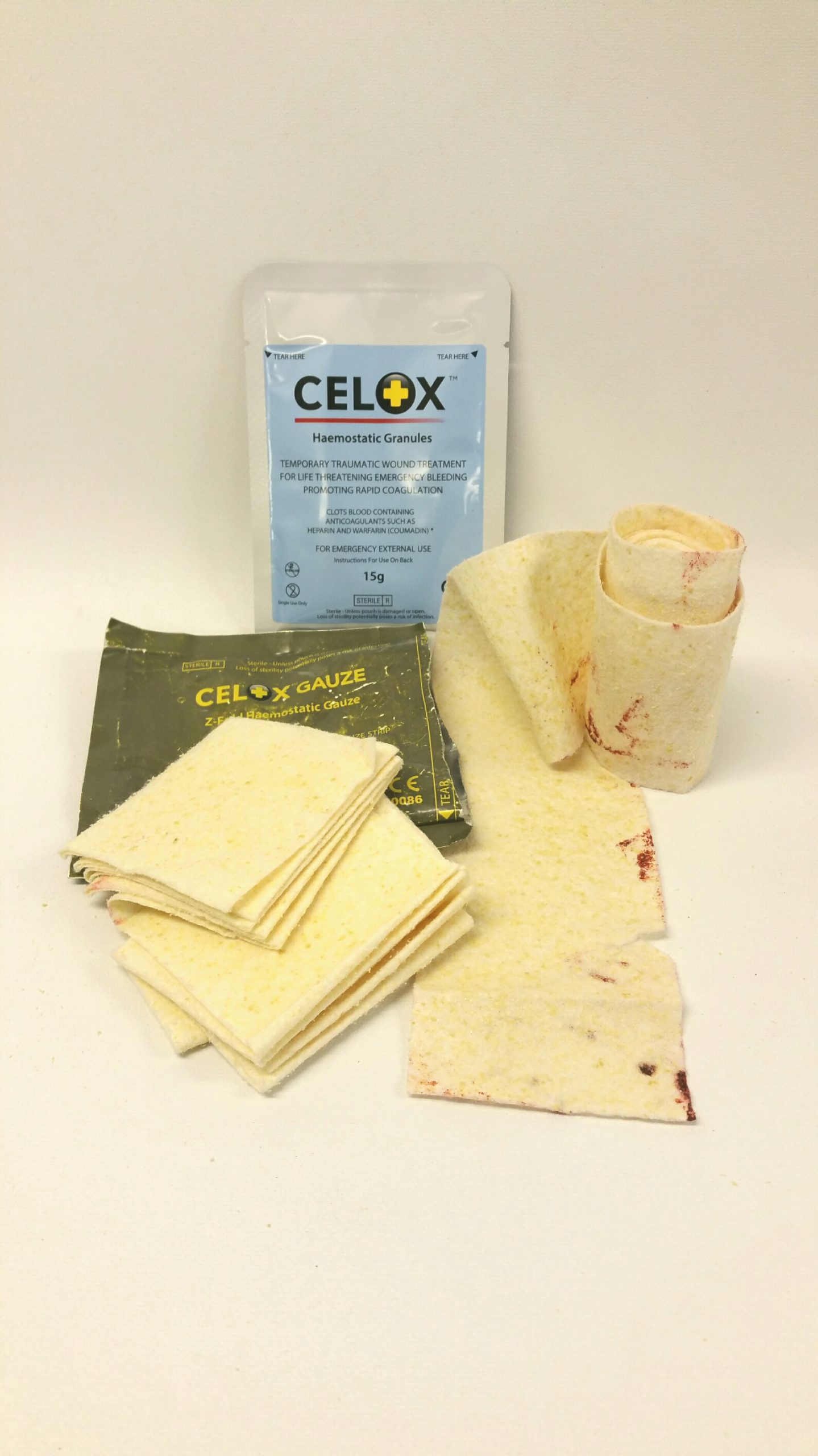
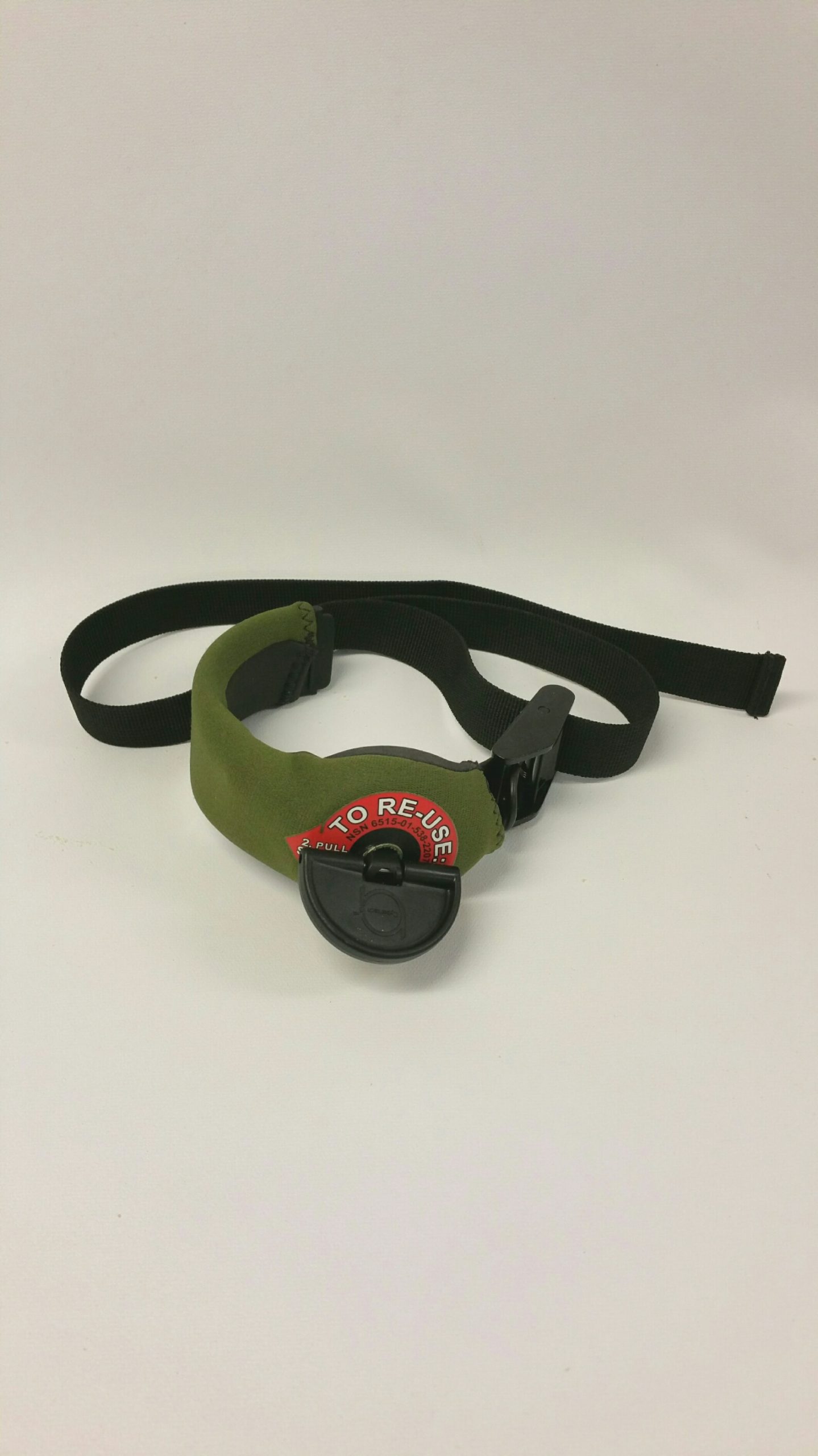

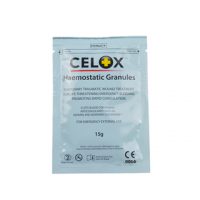

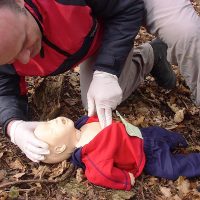
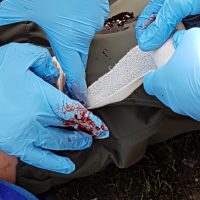
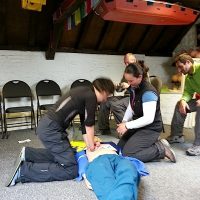
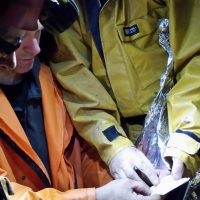


Reviews
There are no reviews yet.